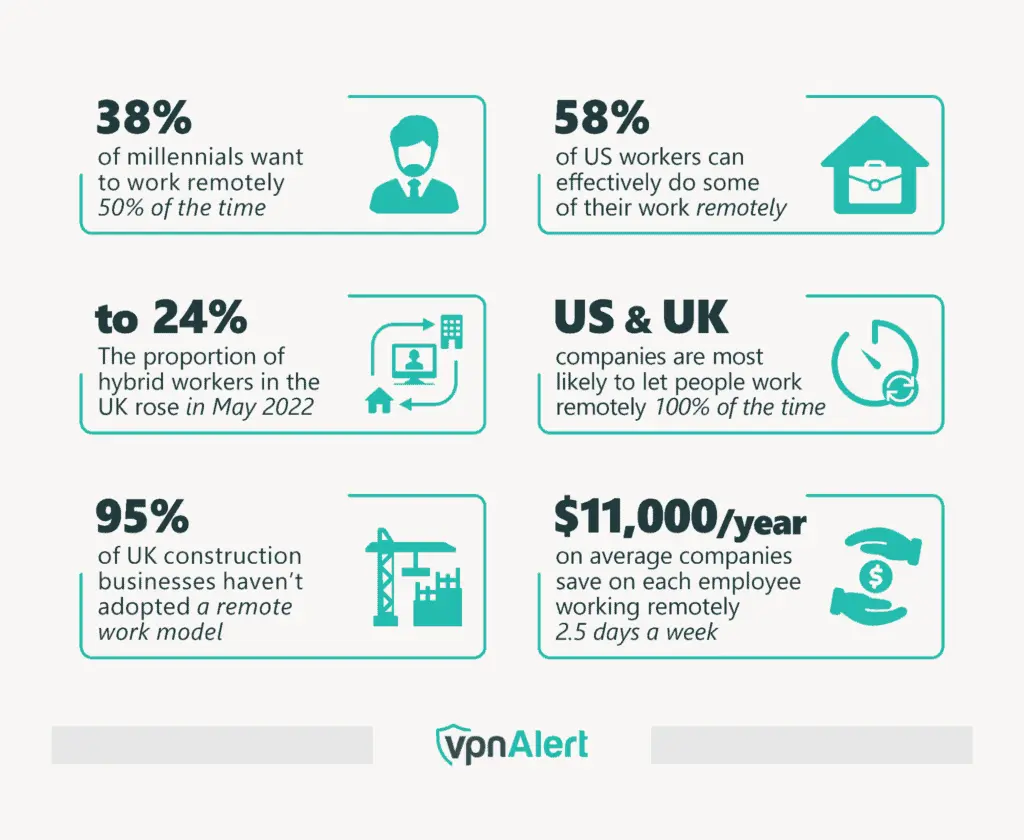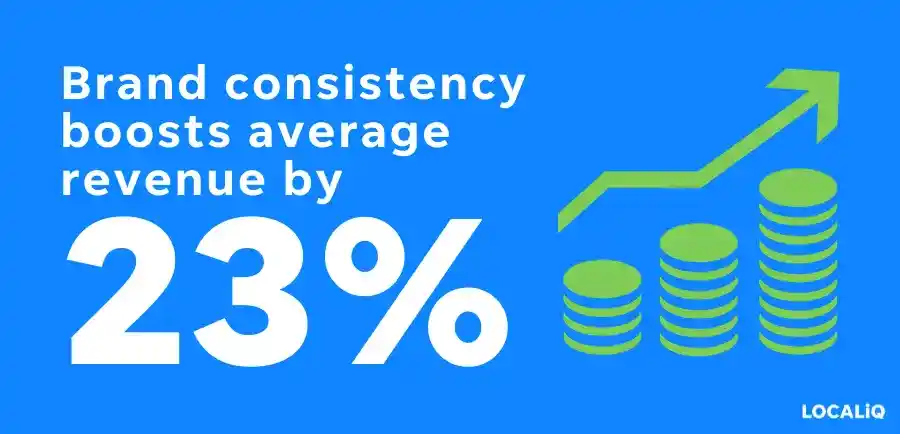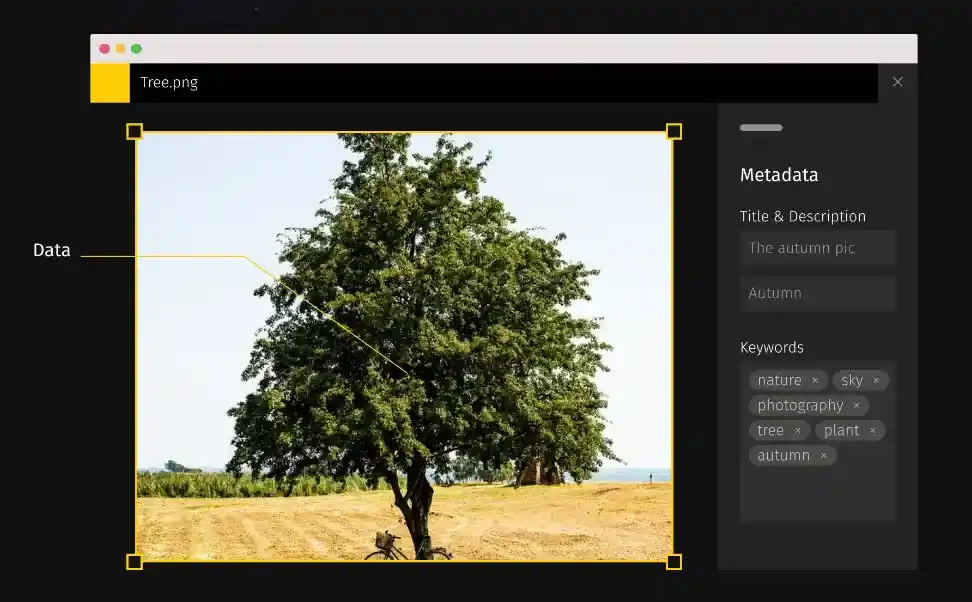Creative assets are the building blocks of an impactful marketing campaign—but managing digital assets like pictures, graphics, media, and workflows can often be a scattered and complex process.
The result is that marketing professionals end up spending too much of their time on administrative duties just to keep their creative assets in order. They’re therefore distracted from more meaningful work, which is a poor use of company resources.
This is why more and more brands are turning to creative asset management systems to help them. But is it really beneficial? Spoiler alert: the answer is “yes”. We’re going to delve into what content asset management is and the benefits it can bring to your business.
What is Creative Asset Management?
Creative asset management (CAM) is when you use a software solution to organize, store, and work with your digital assets—all in one location. This allows you and your team to streamline your workflows and collaborate more effectively.
A creative asset management system offers various automation opportunities. This can be transformative for a team's efficiency, with automation examples including metadata tagging, file organization, and asset distribution (drastically reducing the need for manual administrative work).
Your employees are subsequently freed up to spend their working hours more meaningfully. Utilizing these technologies helps businesses boost productivity, speed up time-to-market for campaigns, improve brand consistency, and enable data-driven decision-making.
Benefits of Content Asset Management Software
Your digital assets are more valuable than gold, and they should be treated accordingly. But if you’re still unsure whether you want to invest in content asset management, keep reading to discover the manifold benefits it can provide.
Streamlined Workflows and Enhanced Efficiency
Implementing a creative asset management system promises that your workflow is as hassle-free and efficient as it can be. It allows you to consolidate your creative assets, processes, and teams into one centralized platform. This means silos and manual work are minimized and time is used more productively.
Your team members can also work seamlessly together, share feedback, and make real-time updates for creative assets with such features as version control. This results in improved productivity and marketing campaigns realized in an expedited time frame.
Easy-to-access creative assets, annotation tools, and approval workflows accelerate the entire procedure and ensure a more efficient department.
Data-driven Insights
Creative asset management software should come equipped with reporting and analytics capabilities, which provide valuable data-driven insights into the performance of your digital assets.
By tracking the performance metrics of different assets within campaigns, businesses can gain a deeper understanding of what resonates with their target audience. This knowledge will empower you to make data-backed decisions and refine your creative strategy accordingly.
With continuous monitoring and analysis, you’ll be able to identify top-performing assets, optimize underperforming ones, and find ways to recreate successful approaches. This will help you continually improve your campaigns.

Improved Organization with Metadata
Most creative asset management systems help to organize and search for digital assets using metadata. This is hugely beneficial as it makes creative assets much easier to find. Say you want to locate an image in your asset library but don't know exactly where it’s stored. You can search for it using relevant keywords pertaining to it e.g. beach, coffee, or hairbrush.
Metadata also facilitates creative asset versioning and tracking, which ensures everyone is working with the most up-to-date assets. Most digital asset management software can also aid with compliance and security - and the CAM system is no exception.
For example, it can help you effectively maintain rights management compliance. By capturing information on usage rights, licensing restrictions, and copyright attribution, metadata ensures these creative assets are used appropriately and legally.
Facilitation of Remote Working
Remote working is here to stay, and creative asset management has become particularly popular following the COVID-19 pandemic. The resulting shift toward remote and/or hybrid work has highlighted the need for employees to be able to access assets and collaborate from anywhere.
With a centralized asset management system, employees can easily view and use digital assets, regardless of their geographical location. A good creative asset management system, alongside an enterprise VoIP solution, provides the perfect combination for remote workers.
This is beneficial both for you and your team. For instance, you can recruit from a wider talent pool, not just locally. Plus, it gives your employees greater flexibility, which can help with their work/life balance.

Campaign Localization
If your business is expanding globally, the localization of marketing campaigns is essential. Creative asset management systems provide the necessary tools and capabilities to efficiently manage localized assets. By organizing these based on language, region, or target audience, businesses can streamline the localization process and ensure the right assets are used for each market.
Creative asset management software equipped with artificial intelligence (AI) capabilities can automate the tagging and categorization of assets, making it easier to identify and retrieve digital assets specific to localization requirements.
This streamlines the process of adapting creative assets for different markets, saving time and resources while maintaining consistency across localized campaigns.
Consistent Branding
Creative assets play a key role in establishing and maintaining a consistent brand identity. Through creative asset management, businesses can make sure branding elements, such as logos, color schemes, and visual styles, are consistently applied across marketing channels. This is an essential aspect of building brand recognition and trust among your customers.
Centralized assets also empower you to monitor usage guidelines and the distribution of creative assets across teams and external partners. This level of control is essential in allowing you to safeguard your brand’s integrity and reduce the risk of inconsistent messaging or the unauthorized use of assets.

Getting Started with Creative Asset Management
Now you know the benefits of integrating digital asset management into your workflows, read on for nine key steps to help you embark on your creative asset management journey.
1) Assess Your Current Assets
Begin by taking stock of your existing creative assets. Identify the types of assets you have, their formats, and where they’re currently stored. This assessment will give you a clear understanding of the scope of your content and the challenges you might face in managing it effectively.
2) Choose the Right DAM System
Selecting the right DAM software or platform is critical for successful creative asset management. Look for a solution that meets your specific needs, such as centralized storage, search functionality, collaboration features, version control, and metadata management. Consider factors like scalability, user-friendliness, and integration capabilities with other tools you use.
3) Organize your Digital Assets
Once you have a creative asset management system in place, it's time to organize your creative assets. Start by establishing a clear folder structure that reflects your content categories, campaigns, and any other relevant criteria.

Use consistent naming conventions for files and folders to ensure easy search and retrieval. Utilizing metadata tagging is recommended to provide additional context and improve searchability.
4) Transfer and Consolidate your Assets
Begin migrating digital assets into your creative asset management software. This process may involve transferring files from various storage locations, such as local drives, cloud storage, or legacy systems. Take the opportunity to consolidate duplicate assets and remove any outdated or irrelevant files.
5) Establish Asset Permissions and Access Controls
Determine who should have access to specific digital assets and establish appropriate permissions and access controls. This ensures that only authorized individuals can view, edit, or download creative assets and, in doing so, protects your brand and any sensitive materials.

6) Train your Team
Provide training and guidance to your team members on how to effectively use the system. Educate them on best practices for uploading, organizing, and retrieving digital assets, as well as utilizing collaboration features. Enthusiastically encourage adopting the new system and address any questions or concerns to ensure a smooth transition.
7) Implement Asset Lifecycle Management
Develop a strategy for managing the lifecycle of your assets. This might include regularly reviewing and updating creative assets, archiving or deleting outdated content, and tracking asset performance and usage metrics. By maintaining and curating your digital asset library, you can keep it organized, up-to-date, and relevant.
8) Continuously Improve and Optimize
Creative asset management is an ongoing process. Solicit feedback from your team members and stakeholders to identify areas for improvement. Regularly evaluate the effectiveness of your digital asset management system and make adjustments as needed to optimize workflows and improve your marketing campaigns.
9) Stay Updated with Industry Trends
Keep up-to-date on industry trends and emerging technologies. New features and advancements are constantly appearing and can offer opportunities to further streamline your processes, improve efficiency, and gain a competitive edge in your marketing efforts.
Conclusion
Creative asset management software and AI content marketing tools are revolutionizing the way marketing teams work. Utilizing these new technologies is an essential step toward gaining an edge over your competitors.
As the digital marketing landscape continues to evolve, companies that prioritize creative asset management systems will be empowered to build stronger brand identities and forge meaningful connections with their customers.
Embracing the power of creative asset management software also provides a foundation for cohesive brand messaging and efficient collaboration. You can unlock the full potential of your digital assets, launch successful marketing campaigns, and gain valuable insights for continuous improvement.
Did you enjoy this article? Give Pics.io a try — or book a demo with us, and we'll be happy to answer any of your questions.







